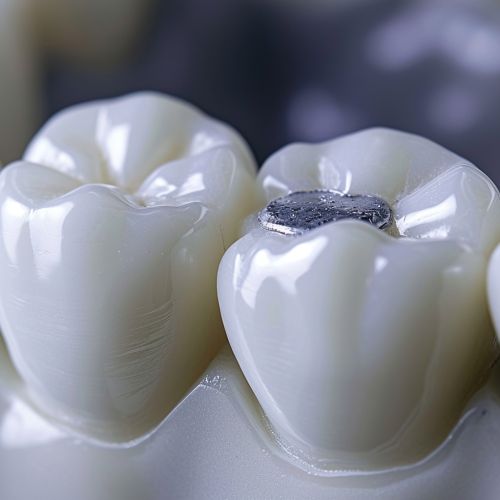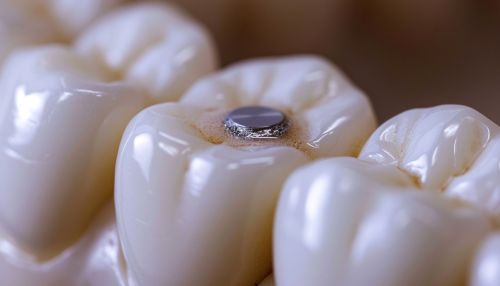Amalgam (dentistry)
Introduction
Amalgam is a type of dental filling material used by dentists to restore the structure and function of teeth that have been compromised due to caries or trauma. It is a mixture of metals, consisting of liquid (elemental) mercury and a powdered alloy composed of silver, tin, and copper. Mercury makes up about 50% of the compound.
History
Dental amalgam has been used for dental restorations, commonly known as fillings, for over 150 years. The first recorded use of dental amalgam dates back to the Tang Dynasty in China in the 7th century. However, it was not until the 19th century that amalgam became widely used in the Western world.
Composition
Amalgam fillings are made from a combination of metals that include mercury, silver, tin, and copper. The mercury is used to bind these metals together and to provide a strong, hard, and durable filling. After years of research, it has been found that the amount of mercury exposure from fillings is much less than the amount that the body can tolerate without harm.
Properties
Amalgam fillings are durable, easy to use, highly resistant to wear and relatively inexpensive in comparison to other materials. For these reasons, it is a preferred material for large fillings where durability is required, especially in the back teeth.
Safety
The safety of dental amalgam has been the subject of debate due to its mercury content. However, the consensus among health professionals is that amalgam is safe for use in dental restorations. The World Health Organization (WHO) and the Food and Drug Administration (FDA) have both stated that the levels of mercury released from dental amalgam fillings are not high enough to cause harm in patients.
Alternatives
There are several alternatives to dental amalgam including composite resins, porcelain, and gold. Each of these has its own advantages and disadvantages, and the choice of material depends on the specific needs and situation of the patient.
Controversies
Despite the consensus among health professionals about the safety of dental amalgam, there are still controversies and concerns about its use, mainly due to the mercury content. Some people believe that the mercury in dental amalgam may cause or contribute to various health conditions, although these claims are not supported by scientific evidence.
Environmental Impact
The use of dental amalgam has environmental implications due to the mercury content. Mercury is a persistent bio-accumulative toxin that can harm the environment when it enters the water system. Dental offices are required to use amalgam separators to capture the mercury and prevent it from entering the water supply.
Conclusion
Dental amalgam is a durable and affordable material for dental restorations. Despite concerns about its mercury content, health organizations worldwide agree that dental amalgam is safe for use. However, due to environmental concerns and the availability of alternative materials, the use of dental amalgam is decreasing.
See Also


